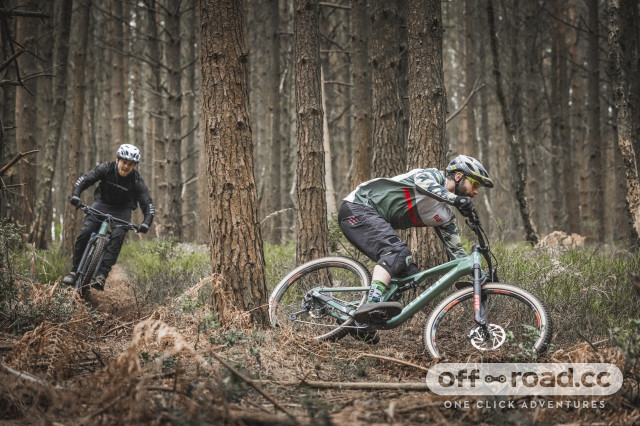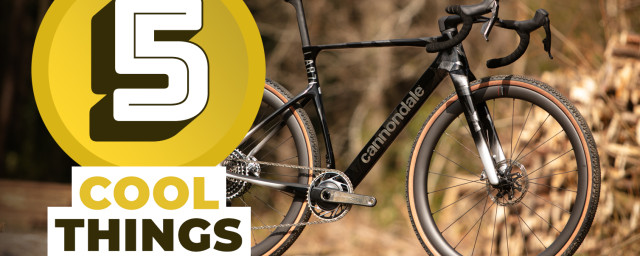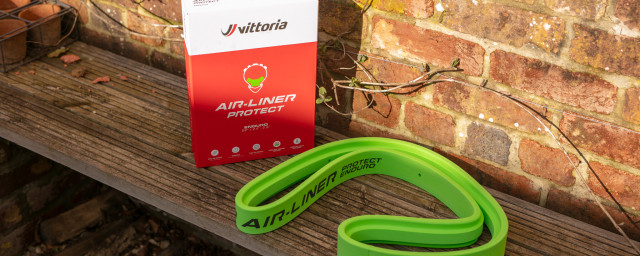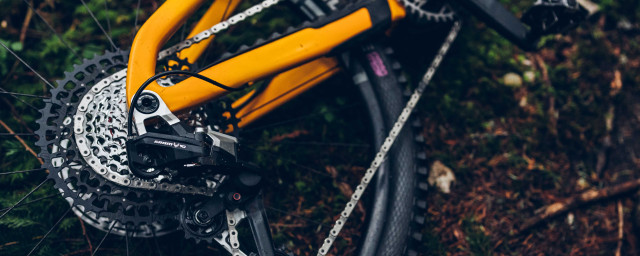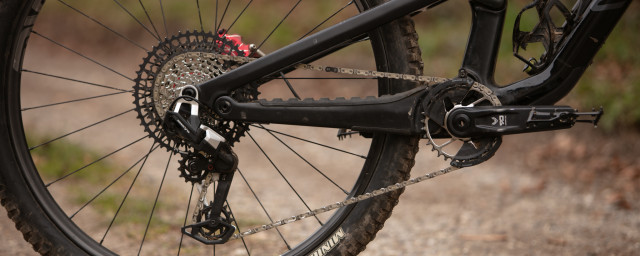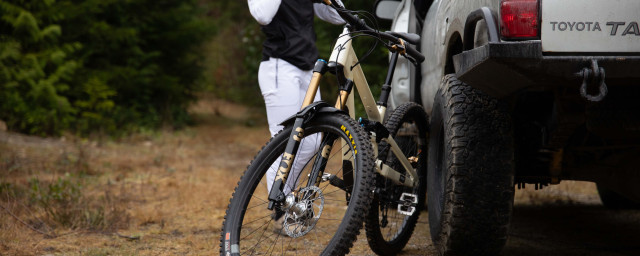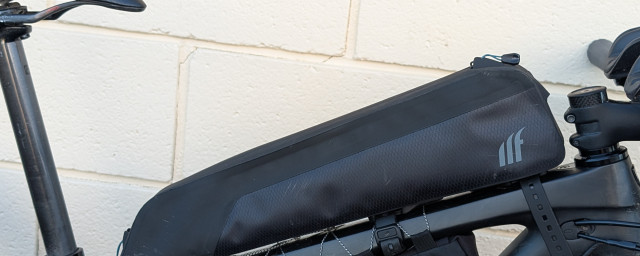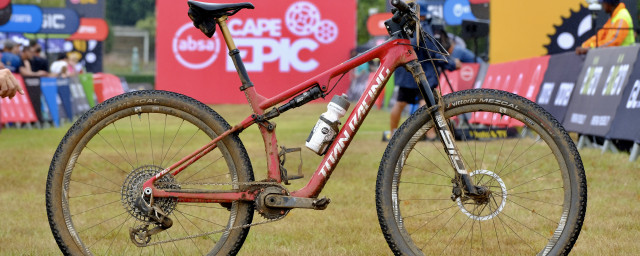Mountain bike size guide - how to get the perfect fit

Mountain bike sizing isn’t like buying clothes. The complexity of measurements that account for mountain bike sizing is way beyond ‘small, medium or large?’ You don’t fit a mountain bike like riding jerseys or baggies.
With hand, foot and posterior contact points, the intricacy of mountain bike sizing is multi-dimensional. Riders need to consider their limb lengths and overall flexibility to know what size will be ideal. Height is often misunderstood by mountain bikers and incorrectly used as a reference guide, for mountain bike sizing. Riders who are equally tall can have different limb proportions and ranges of motion, which might make one rider better suited for a medium, and the other, for a large.
How should you understand frame sizing? Which are the measurements that matter, and can they be adjusted? Our bike geometry bible can help you make sense of those numbers.
When buying a new mountain bike, experienced riders who know their frame sizing will look at those geometry numbers for guidance. But novice riders are more concerned with buying a frame that is the correct size instead of one that shapes to a theme with specific geometry numbers.
Debunking bike fit myths
Standover, stack height and reach are the measurements that should guide your frame sizing decision. But how are those numbers calculated?
The first number we’ll demystify is standover. This is measured from the ground to the top tube. Frames with a low standover height create more room for riders to get their centre of mass low when descending technical trails.
In traditional frame sizing, you'd compare an inseam measurement with a standover and look for a bike that gives you an inch above standover measurements, as the desired fit. The theory that supports this is for you to easily put a foot out and stand when you need to stop.
There is a caveat in standover measurements when looking at road bikes vs mountain bikes (where the sizing method originates). Most mountain bikes have dropper seatposts, which can automatically lower when required. This allows a rider to easily ‘sit down’ on a virtually lower saddle instead of worrying about adequate standover, with enough inseam clearance, when putting a foot out to balance.
It is essential to realise that standover is measured at defined points on a frame and cannot be changed by swapping other components.
The importance of stack
Like standover, stack height is also a vertical frame measurement crucial to accurate frame sizing. Where are the measuring points? You trace a line from the bottom bracket to the centre of the head tube.
Why is stack height important? It determines the posture of a rider in the seated pedalling position. A greater stack height value will have riders sitting more upright, a comfort requirement for mountain bikers with legacy back issues or a lack of flexibility.
Stack height can’t be adjusted, but riders can influence posture by adding or subtracting stem spacers, which sit on top of the head tube.
How to reach for the right size
The last measurement that should influence your thinking around frame size is reach. For years, mountain bikes featured relatively short top tubes. But as downhill and enduro riders started demanding bikes with better stability, engineers realised that lengthening the top tube would be greatly beneficial.
Reach is the measurement from the centre of your mountain bike’s bottom bracket to the head tube. This frame sizing number has altered and increased the most in recent mountain bike design evolution. If you compare reach numbers for a specific mountain bike frame over the last five or six years, you’ll notice a significant change in reach.
The influence of growing reach numbers has changed mountain bike sizing. A 2022 mountain bike in size medium will easily have a reach number equivalent (or larger) to that of the same model from 2018. Take the Ibis Ripley dual-suspension frame as an example. The 2018 version has 428mm of reach on a size large. Compare that to the 2022 Ripley, where a size medium frame has 450mm of reach.
Why is reach so important in mountain biking? It’s all about your balance on the bike when standing on the pedals and descending. More reach gives you greater freedom to move your body around the top tube on steep descents, weighting and unweighting between the axles and using rider mass repositioning to influence bike handling.
Like standover, frame reach cannot be adjusted by changing other components. Reach is a fixed measurement because it is measured at integral points on the frame. Once you know which reach numbers work for you, it is unlikely to alter over time and can become a trusted reference guide for future frame size selections.
The importance of bike fit and riding style
Empowered with the awareness of standover, stack height and reach numbers, you’ll have a better understanding of how to use these. Frame sizing is not absolute. Each rider is unique and body shape, flexibility and riding style are additional influences on frame sizing requirements. As we mentioned earlier, there is no immutable law for frame sizing. No single number can be a guide, despite some newbie riders believing that height is that golden number – which it isn’t.
The current trend is for riders between sizes, to upsize. This allows them to benefit from the additional stability offered by a longer bike with greater reach.
How does riding style influence frame sizing?
Longer bikes track straighter, especially over rough off-road terrain. A longer frame makes sense if you like to ‘monster truck’ through rock gardens, allowing the bike to do all the work. The sacrifice is agility in tighter switchback corners.
Riders more given to riding tighter forest singletrack, with many switchback corners, could consider bikes with a shorter reach. For example, if you were on the cusp between sizing, riders wanting a more agile bike with better intuitive turning ability would choose the smaller size.
The best advice with mountain bike sizing is to go for a professional bike fit. This eliminates many physiological discrepancies between individual body types and fixed frame measurements. Although most bike fitting methods prioritise climbing and pedalling instead of descending, the reference numbers you’ll get are still beneficial.
A final word on mountain bike frame sizing is not to feel pressured. Buying the wrong size bike is a mistake that can be costly. Both in time and money. You’ll feel frustrated having invested in a frame that is either too small, cramping your riding style, or too big – rendering you a mere ‘passenger’ in the riding experience.


